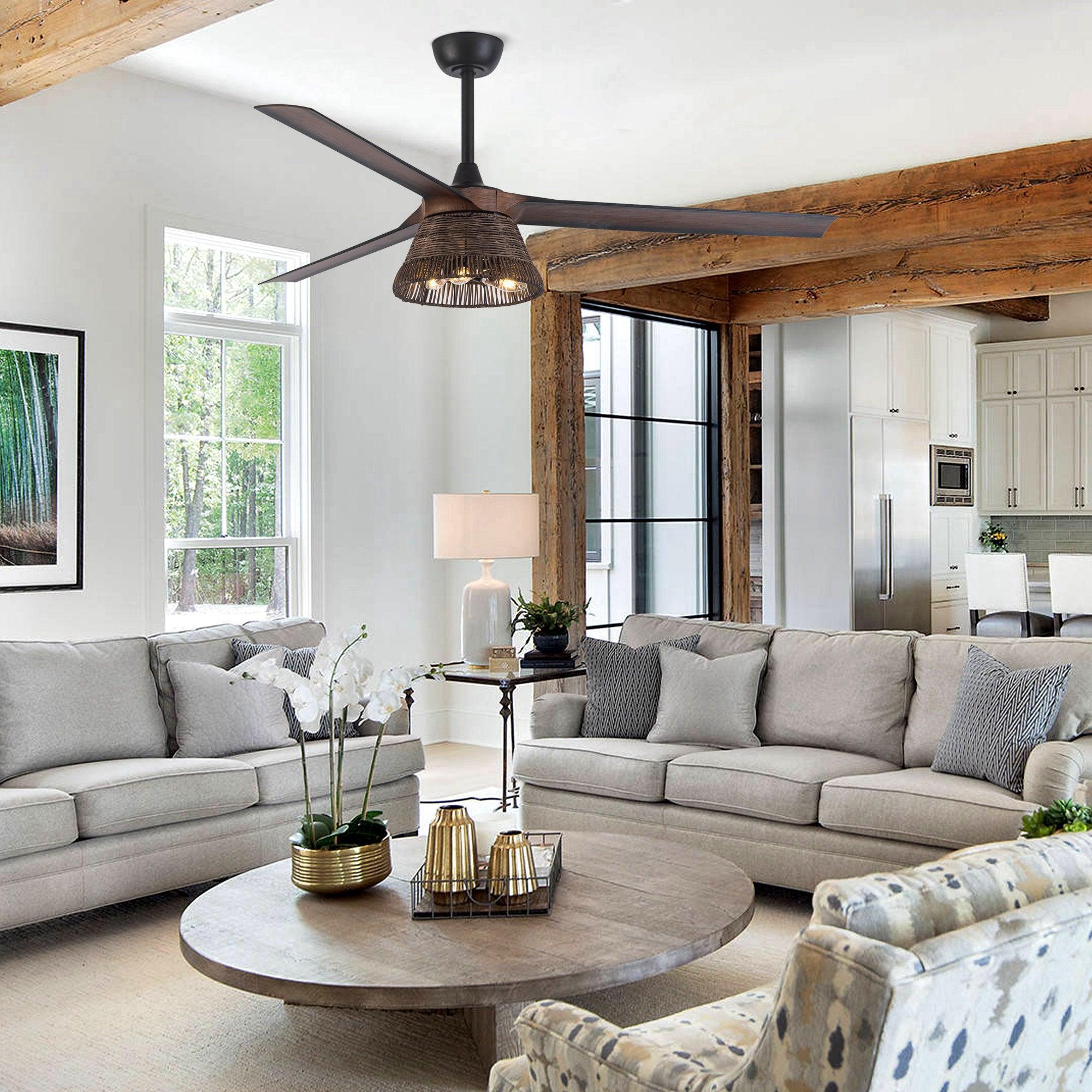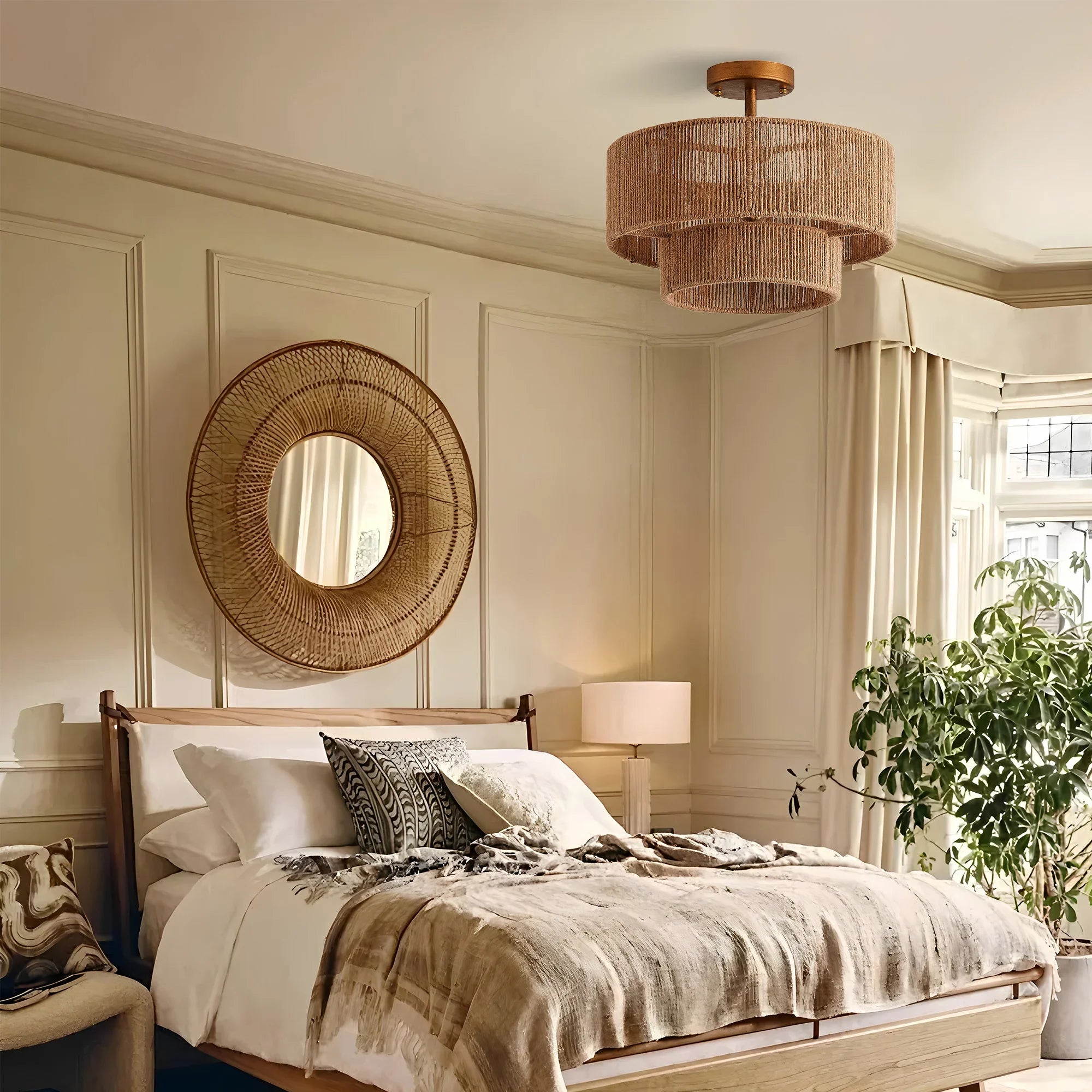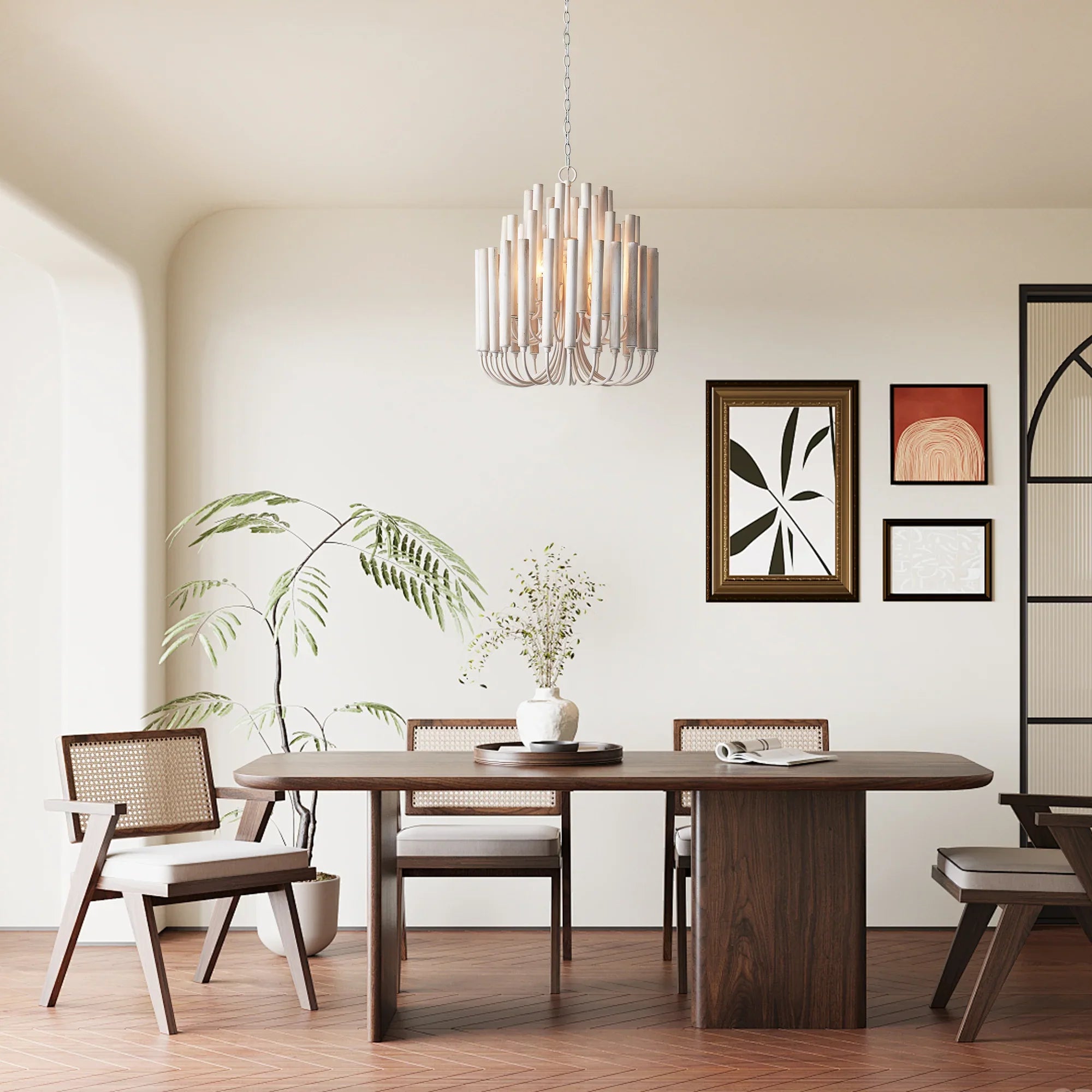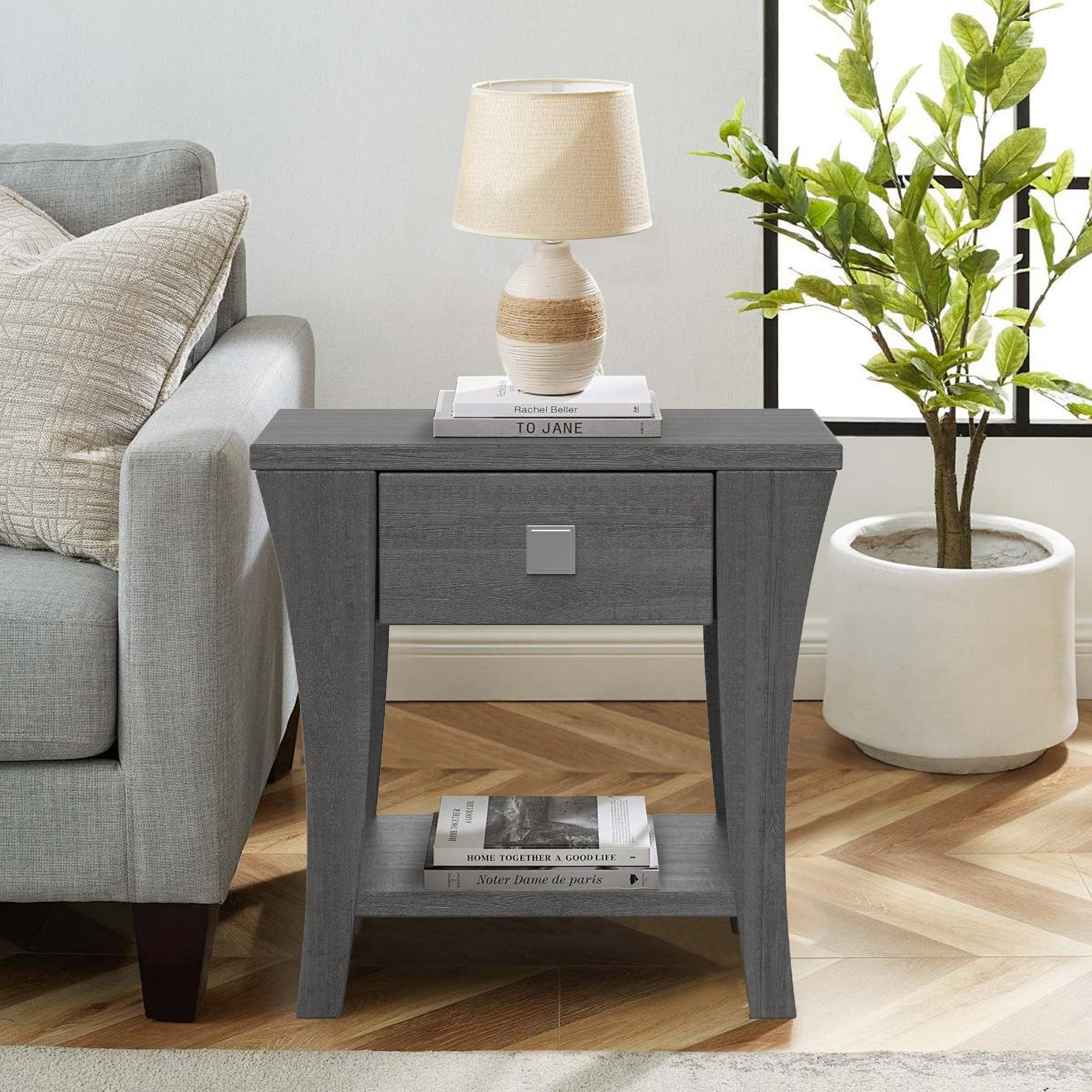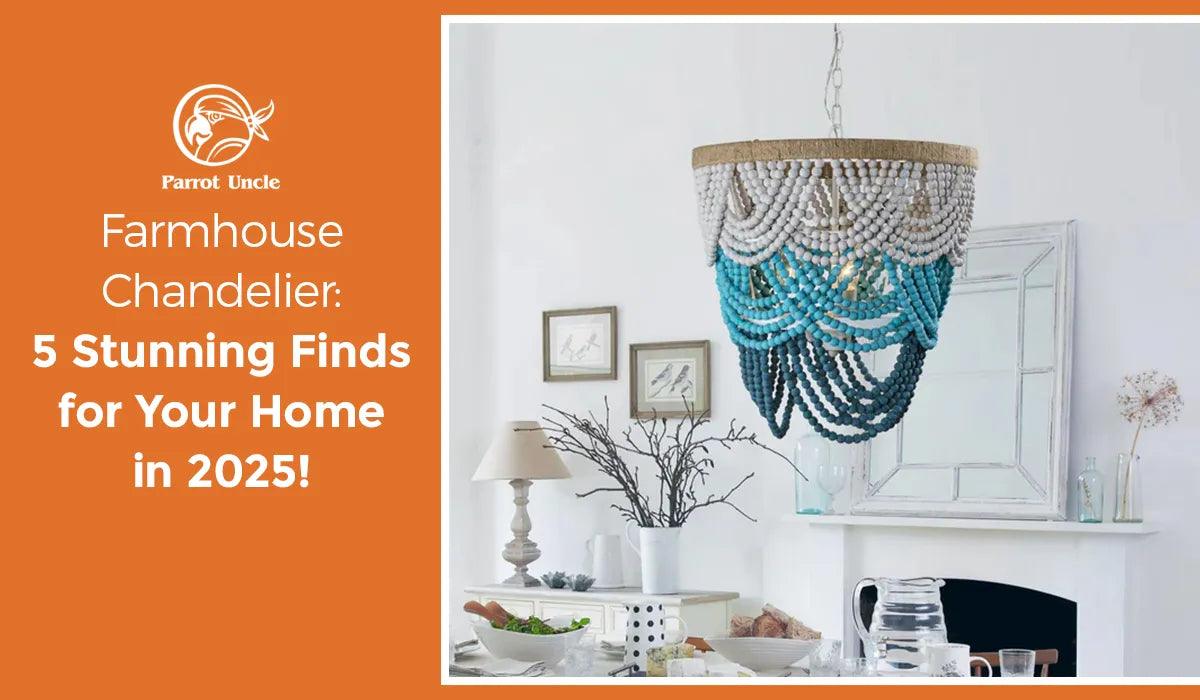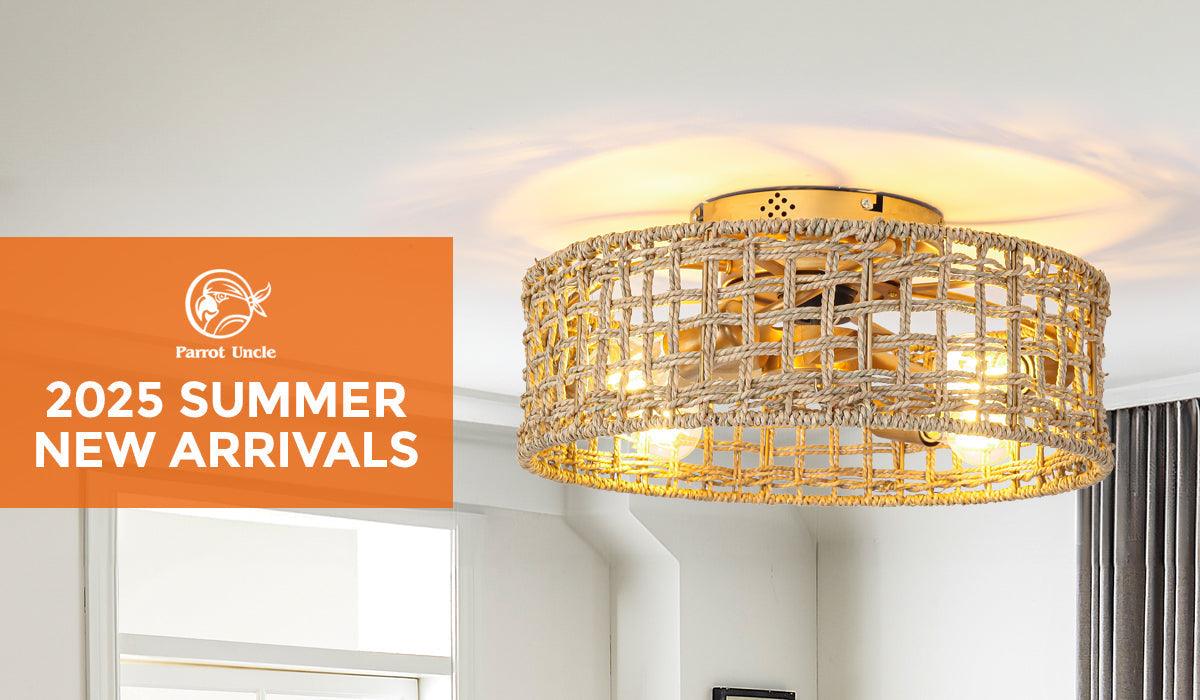Choosing the right bathroom vanity lights can dramatically transform your space, turning a functional area into a sanctuary of style and efficiency. But with so many options available, how do you navigate the choices and select the perfect lighting for your needs? Let's delve into the world of bathroom vanity lights, exploring powerful choices, emerging trends, and everything you need to know to illuminate your bathroom beautifully in 2025.
Why Bathroom Vanity Lights Matter
Bathroom vanity lights are more than just sources of illumination; they are integral components of your bathroom's aesthetic and functionality.
Benefits:
- Enhanced Visibility: Proper lighting is crucial for tasks like applying makeup, shaving, and skincare routines.
- Improved Ambiance: The right lighting can create a relaxing and inviting atmosphere, transforming your bathroom into a spa-like retreat.
- Increased Safety: Well-lit bathrooms reduce the risk of slips and falls, particularly for children and elderly individuals.
- Energy Efficiency: Modern LED vanity lights consume significantly less energy than traditional incandescent bulbs, saving you money on your electricity bill.
- Boosted Home Value: Upgrading your bathroom lighting can increase the overall value and appeal of your home.
According to a study by the National Association of Home Builders (NAHB), bathroom remodels are consistently ranked among the most popular home improvement projects, with lighting playing a key role in achieving the desired look and feel.
Pain Points Addressed:
- Shadowing: Poorly positioned or inadequate lighting can create shadows, making it difficult to perform tasks accurately.
- Glare: Harsh, direct light can cause discomfort and eye strain.
- Uneven Illumination: Inconsistent lighting can lead to an unbalanced and unappealing aesthetic.
- Energy Consumption: Outdated lighting fixtures can contribute to high energy bills.
- Aesthetic Mismatch: Choosing the wrong style of lighting can clash with your bathroom's overall design.
Motivations for Upgrading:
- Improving Functionality: Making it easier to perform daily grooming tasks.
- Enhancing Aesthetics: Creating a more stylish and inviting bathroom space.
- Increasing Home Value: Adding a desirable feature that appeals to potential buyers.
- Saving Money: Reducing energy consumption and lowering utility bills.
- Personalizing the Space: Reflecting your individual style and preferences.
7 Powerful Choices in Bathroom Vanity Lights
Let's explore seven popular and effective types of bathroom vanity lights, highlighting their pros, cons, and ideal applications.
-
Linear Vanity Lights: These lights are mounted horizontally above the mirror, providing even illumination across the face.
- Pros: Excellent for minimizing shadows, available in various styles (modern, traditional, minimalist), and often energy-efficient with LED options.
- Cons: Can be bulky in smaller bathrooms, may require professional installation, and the light distribution can be too uniform for some preferences.
- Ideal for: Larger bathrooms, double vanities, and anyone seeking consistent, shadow-free lighting.
-
Sconce Lights: Sconces are wall-mounted lights positioned on either side of the mirror.
- Pros: Provides balanced side lighting, adds a decorative touch, and can be adjusted to different heights for optimal illumination.
- Cons: Requires more wall space, can be more expensive than other options, and may require professional installation.
-
Ideal for: Bathrooms with ample wall space, adding a touch of elegance, and complementing existing overhead lighting.

-
Pendant Lights: Hanging from the ceiling, pendant lights offer a dramatic and stylish lighting solution.
- Pros: Adds visual interest and a focal point, available in a wide range of styles and finishes, and can provide ambient or task lighting.
- Cons: May not be suitable for low ceilings, requires careful placement to avoid obstructing the mirror, and can be difficult to install.
- Ideal for: Bathrooms with high ceilings, adding a touch of luxury, and creating a unique and personalized look.
-
Light Bars: Similar to linear vanity lights, light bars are long, slender fixtures that often incorporate integrated LED technology.
- Pros: Sleek and modern design, energy-efficient LED lighting, and provides even illumination.
- Cons: Can be more expensive than other options, may require professional installation, and the minimalist design may not suit all tastes.
- Ideal for: Modern and contemporary bathrooms, energy-conscious homeowners, and those seeking a clean and streamlined look.
-
Recessed Lighting: Although not strictly "vanity lights," recessed lights placed strategically above the vanity can provide supplemental lighting.
- Pros: Provides general ambient lighting, minimizes shadows, and can be used to highlight specific areas.
- Cons: Requires more extensive installation, can be expensive, and may not be sufficient as the sole source of vanity lighting.
- Ideal for: Bathrooms with low ceilings, supplementing other vanity lights, and creating a layered lighting scheme.
-
Integrated LED Mirrors: Mirrors with built-in LED lighting offer a convenient and space-saving solution.
- Pros: Combines lighting and mirror in one unit, energy-efficient LED lighting, and available in various styles and sizes.
- Cons: Can be more expensive than traditional mirrors and separate lights, may not provide as much illumination as dedicated vanity lights, and the style is often limited.
- Ideal for: Small bathrooms, modern designs, and those seeking a minimalist and space-saving solution.
-
Clip-On Lights: A versatile and temporary solution, clip-on lights offer flexibility and convenience.
- Pros: Easy to install and remove, affordable, and can be adjusted to different angles.
- Cons: May not be as aesthetically pleasing as other options, may not provide as much illumination, and can be easily knocked over.
- Ideal for: Renters, temporary solutions, and those seeking a budget-friendly lighting option.
2025 Bathroom Vanity Light Trends
Looking ahead to 2025, several exciting trends are shaping the future of bathroom vanity lighting:
- Smart Lighting: Integration with smart home systems allows for voice control, dimming, and customized lighting schedules.
- Color-Changing LEDs: Adjustable color temperature allows you to create different moods and atmospheres.
- Biophilic Design: Incorporating natural materials and designs that mimic nature, such as wood accents and organic shapes.
- Sustainability: Increasing focus on energy-efficient and eco-friendly lighting options.
- Minimalist Designs: Clean lines, simple shapes, and understated elegance.
- Statement Lighting: Bold and eye-catching fixtures that serve as a focal point in the bathroom.
- Task-Specific Lighting: Optimized illumination for specific tasks like makeup application and shaving.
Market Insights:
The global bathroom lighting market is expected to grow significantly in the coming years, driven by increasing demand for energy-efficient lighting solutions and growing consumer awareness of the benefits of good bathroom lighting. According to a report by Grand View Research, the global bathroom lighting market size was valued at USD 7.97 billion in 2022 and is projected to reach USD 11.88 billion by 2030, registering a CAGR of 5.1% from 2023 to 2030. This growth is fueled by the increasing popularity of bathroom remodeling projects and the rising demand for smart and energy-efficient lighting solutions.
Table 1: Comparing Bathroom Vanity Light Types
| Light Type | Pros | Cons | Ideal For |
|---|---|---|---|
| Linear Vanity Lights | Even illumination, various styles, energy-efficient. | Bulky in small bathrooms, may require professional installation. | Larger bathrooms, double vanities, shadow-free lighting. |
| Sconce Lights | Balanced side lighting, decorative, adjustable height. | Requires more wall space, can be expensive, may require professional installation. | Bathrooms with ample wall space, adding elegance. |
| Pendant Lights | Adds visual interest, wide range of styles, ambient/task lighting. | May not be suitable for low ceilings, requires careful placement. | Bathrooms with high ceilings, adding luxury. |
| Light Bars | Sleek design, energy-efficient LED, even illumination. | Can be expensive, may require professional installation. | Modern bathrooms, energy-conscious homeowners. |
| Recessed Lighting | Ambient lighting, minimizes shadows, highlights specific areas. | Requires extensive installation, can be expensive. | Bathrooms with low ceilings, supplementing other lights. |
| Integrated LED Mirrors | Combines lighting and mirror, energy-efficient LED, space-saving. | Can be expensive, may not provide as much illumination, limited style options. | Small bathrooms, modern designs, minimalist solutions. |
| Clip-On Lights | Easy to install and remove, affordable, adjustable angles. | May not be as aesthetically pleasing, may not provide as much illumination. | Renters, temporary solutions, budget-friendly options. |
Table 2: Factors to Consider When Choosing Bathroom Vanity Lights
| Factor | Description | Importance |
|---|---|---|
| Bathroom Size | The size of your bathroom will influence the type and size of vanity lights you choose. | High |
| Style | Choose lights that complement your bathroom's overall style and décor. | High |
| Light Output | Consider the brightness and color temperature of the light. | High |
| Energy Efficiency | Opt for energy-efficient LED bulbs to save money on your electricity bill. | High |
| Installation | Determine whether you can install the lights yourself or if you need to hire a professional electrician. | Medium |
| Budget | Set a budget and stick to it. | High |
| Placement | The placement of the lights will affect the overall illumination and aesthetic of the bathroom. | High |
Table 3: Common Mistakes to Avoid
| Mistake | Description | How to Avoid |
|---|---|---|
| Choosing the Wrong Size | Selecting lights that are too large or too small for your bathroom. | Measure your bathroom and vanity area before purchasing lights. |
| Ignoring Light Output | Selecting lights that are too dim or too bright. | Consider the lumens and color temperature of the bulbs. |
| Neglecting Style Compatibility | Choosing lights that clash with your bathroom's overall style. | Select lights that complement your bathroom's décor and color scheme. |
| Overlooking Energy Efficiency | Selecting lights that consume a lot of energy. | Choose LED bulbs, which are energy-efficient and long-lasting. |
| Poor Placement | Placing lights in a way that creates shadows or glare. | Experiment with different placements to find the optimal lighting configuration. |
| Not Considering Installation Requirements | Failing to consider the electrical requirements and installation process. | Consult with a qualified electrician to ensure that the lights are installed safely and correctly. |
| Forgetting About Damp Rating | Installing lights that are not rated for damp environments in a bathroom. | Choose lights with a damp or wet rating to ensure safety and longevity. |
Table 4: Tips and Tricks for Perfect Bathroom Vanity Lighting
| Tip/Trick | Description | Benefit |
|---|---|---|
| Layer Your Lighting | Combine different types of lighting (e.g., recessed, vanity, accent) to create a well-balanced and functional space. | Provides optimal illumination for various tasks and creates a more visually appealing environment. |
| Choose the Right Color Temperature | Select bulbs with a color temperature that complements your skin tone and creates the desired ambiance (e.g., warm white for a relaxing atmosphere). | Enhances your appearance and creates a more comfortable and inviting space. |
| Install a Dimmer Switch | Allows you to adjust the brightness of the lights to create different moods and conserve energy. | Provides flexibility and control over the lighting in your bathroom. |
| Consider the Height of the Vanity Lights | Position the lights at eye level to avoid shadows and provide optimal illumination for tasks like applying makeup. | Ensures that your face is well-lit and prevents shadows that can make it difficult to see. |
| Use a Makeup Mirror with Integrated Lighting | Provides focused and even illumination for applying makeup. | Makes it easier to apply makeup accurately and achieve a flawless finish. |
| Clean Your Lights Regularly | Dust and grime can reduce the brightness of your lights. | Maintains optimal illumination and extends the lifespan of the bulbs. |
| Embrace the Power of "Luminovation" | Luminovation - The art of creatively and innovatively using light to enhance spaces and experiences. Try experimenting with unusual light placements or unconventional fixtures to create a unique bathroom environment. | Encourages a more personalized and expressive approach to bathroom lighting design, leading to truly unique and transformative spaces. |
How to Step-by-Step Approach for Installing Bathroom Vanity Lights
Important Safety Note: Always turn off the power at the circuit breaker before working with electrical wiring. If you are not comfortable working with electricity, hire a qualified electrician.
Step 1: Preparation
- Gather your tools and materials: Screwdriver, wire stripper, wire connectors, electrical tape, new vanity light fixture, level, drill (if needed).
- Turn off the power at the circuit breaker.
- Remove the old vanity light fixture (if applicable).
Step 2: Wiring
- Identify the wires: Typically, you'll have a black (hot), white (neutral), and green or bare copper (ground) wire.
- Connect the wires: Using wire connectors, connect the corresponding wires from the fixture to the wires in the junction box.
- Secure the connections: Wrap the wire connectors with electrical tape for added safety.
Step 3: Mounting the Fixture
- Attach the mounting bracket: Secure the mounting bracket to the junction box using screws.
- Mount the fixture: Carefully align the fixture with the mounting bracket and secure it with screws.
Step 4: Installing Bulbs and Covers
- Install the light bulbs: Screw in the recommended light bulbs for your fixture.
- Attach the cover or shade: Secure the cover or shade to the fixture according to the manufacturer's instructions.
Step 5: Testing
- Turn on the power at the circuit breaker.
- Test the lights: Ensure that the lights are working properly.
Common Mistakes to Avoid
- Ignoring the Damp Rating: Ensure your lights are rated for damp environments. Bathrooms get steamy!
- Not Measuring: Always measure your space before buying. Oversized or undersized fixtures can ruin the look.
- Poor Wiring: Incorrect wiring is dangerous. If you're unsure, hire an electrician.
- Using Incandescent Bulbs: Opt for energy-efficient LEDs. They last longer and save you money.
Why Matters and How Benefits
Good bathroom vanity lighting matters because it impacts:
- Your Daily Routine: Makes tasks like makeup application and shaving easier and more precise.
- Your Mood: A well-lit bathroom is more inviting and relaxing.
- Your Safety: Reduces the risk of accidents.
- Your Home's Value: Upgrades the overall aesthetic appeal.
The benefits are clear: a more functional, beautiful, and valuable home.
Comparing Pros and Cons
Let's use the example of Linear Vanity Lights vs. Sconce Lights.
Linear Vanity Lights:
- Pros: Even illumination, modern look, easy installation in some cases.
- Cons: Can be too bright for some, may not fit all bathroom styles.
Sconce Lights:
- Pros: Elegant, provides balanced side lighting, customizable placement.
- Cons: Requires more wall space, potentially more complex installation.
The best choice depends on your specific needs and preferences.
Future Trending and How to Improve
The future of bathroom vanity lighting is bright, literally and figuratively. Look for:
- More Smart Features: Voice control, automated dimming, and personalized lighting schedules.
- Advanced LED Technology: More efficient, longer-lasting, and customizable lighting options.
- Sustainable Designs: Eco-friendly materials and manufacturing processes.
To improve, focus on:
- Researching Trends: Stay informed about the latest advancements in lighting technology.
- Considering Your Needs: Choose lights that meet your specific functional and aesthetic requirements.
- Consulting with Professionals: Seek advice from lighting designers or electricians.
Case Detail to Compare
Case 1: Small Bathroom Remodel
- Challenge: Limited space, needed bright and efficient lighting.
- Solution: Integrated LED mirror and recessed lighting.
- Result: A bright, modern, and space-saving solution.
Case 2: Luxury Bathroom Upgrade
- Challenge: Wanted a spa-like atmosphere.
- Solution: Sconce lights, pendant lights, and a dimmer switch.
- Result: A relaxing and elegant bathroom retreat.
These cases highlight the importance of tailoring your lighting choices to your specific needs and goals.
4 Reviews
Review 1: Sarah J. ⭐⭐⭐⭐⭐
"I love my new linear vanity light! It provides perfect lighting for applying makeup and was easy to install."
Review 2: Michael B. ⭐⭐⭐⭐
"The sconce lights added a touch of elegance to our bathroom. They were a bit tricky to install, but the result was worth it."
Review 3: Emily K. ⭐⭐⭐
"The integrated LED mirror is convenient, but the lighting isn't as bright as I'd hoped."
Review 4: David L. ⭐⭐⭐⭐⭐
"These lights completely transformed my bathroom! Easy to install and look great. Highly recommended!"
6-8 FAQs
Q1: What is the best type of lighting for applying makeup?
A: Balanced side lighting is ideal. Sconce lights or linear vanity lights are good choices.
Q2: How bright should my bathroom vanity lights be?
A: Aim for around 70-80 lumens per square foot.
Q3: What is the best color temperature for bathroom vanity lights?
A: Warm white (2700K-3000K) is good for a relaxing atmosphere, while cool white (3500K-4000K) is better for tasks.
Q4: Can I install bathroom vanity lights myself?
A: If you're comfortable with basic electrical work, you can. Otherwise, hire an electrician.
Q5: What is a damp rating?
A: A damp rating indicates that the fixture is suitable for use in humid environments.
Q6: How can I make my bathroom lighting more energy-efficient?
A: Use LED bulbs and install a dimmer switch.
Q7: Are LED vanity lights worth the investment? A: Absolutely! Although the initial cost might be higher, LED vanity lights save you money in the long run due to their energy efficiency and longer lifespan compared to traditional incandescent bulbs. They also offer consistent light quality and are available in various color temperatures to suit your preferences.
Q8: How do I choose the right size of vanity light for my bathroom? A: Measure the width of your vanity mirror and choose a light fixture that is about two-thirds of that width. For example, if your mirror is 36 inches wide, aim for a vanity light that is around 24 inches wide. This proportion ensures balanced lighting and a visually appealing look.


